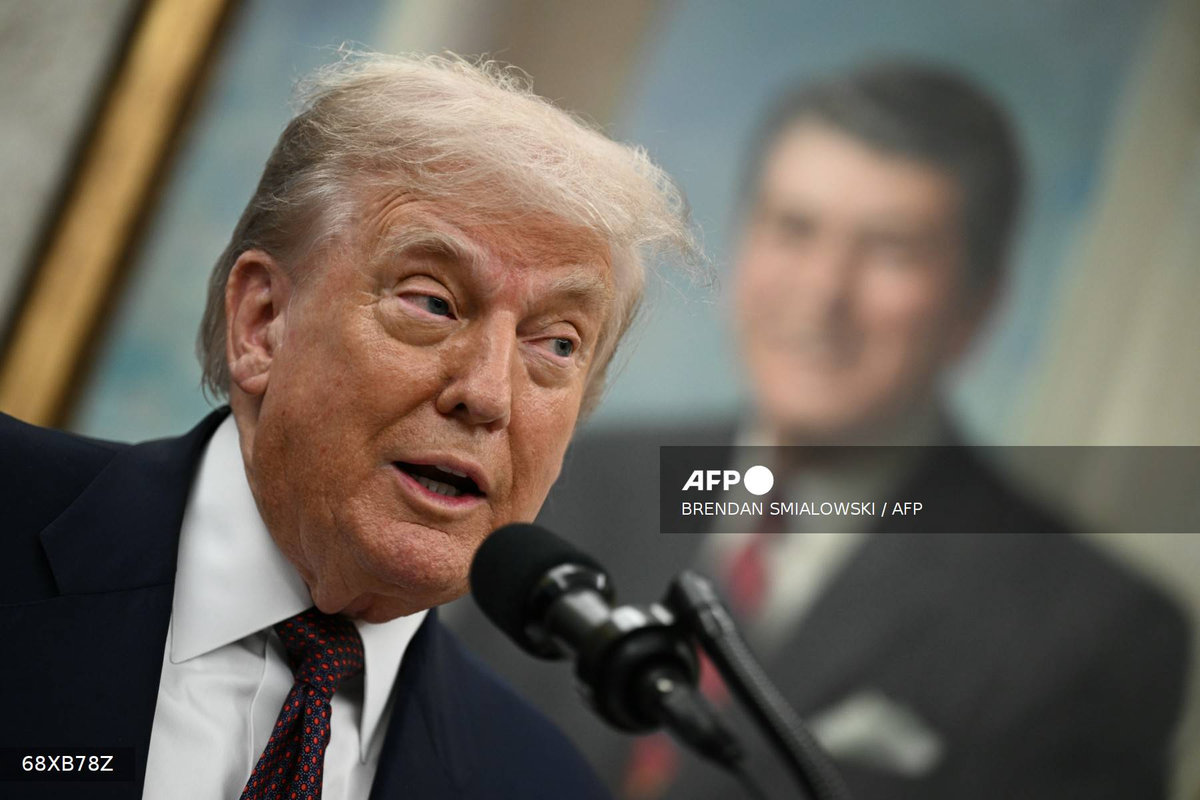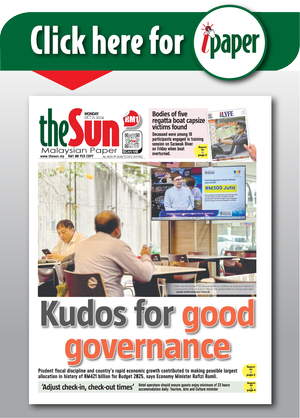WASHINGTON: Donald Trump’s proposal to distribute financial dividends to Americans from tariff revenues has sparked both interest and skepticism.
The former president suggested middle and lower-income citizens could benefit from this unconventional economic plan.
Trump framed the idea as a potential rebate during a recent public statement. “We have so much money coming in, we are thinking about a little rebate,“ he said last month.
His subsequent references to a “dividend” specifically targeted working-class households.
The concept has gained some political traction among Trump allies. Republican Senator Josh Hawley introduced legislation proposing $600 payments per family member in July 2025.
This follows Trump’s precedent of attaching his name to pandemic relief checks during his presidency.
Critical questions remain about the proposal’s financial mechanics. The US national deficit already shows concerning growth from October 2023 through June 2024.
Current national debt exceeds $36.8 trillion, creating fiscal constraints.
Trump asserts foreign nations bear tariff costs, claiming “we are raking in trillions.” Economic reality contradicts this assertion, as importers ultimately pass costs to consumers.
Japan’s $550 billion commitment primarily involves loan guarantees rather than direct payments.
Most economists warn such policies risk fueling inflation through supply chain disruptions. Businesses typically raise prices when facing increased import costs from tariffs.
The proposal’s viability depends on resolving these fundamental economic contradictions. - AFP









